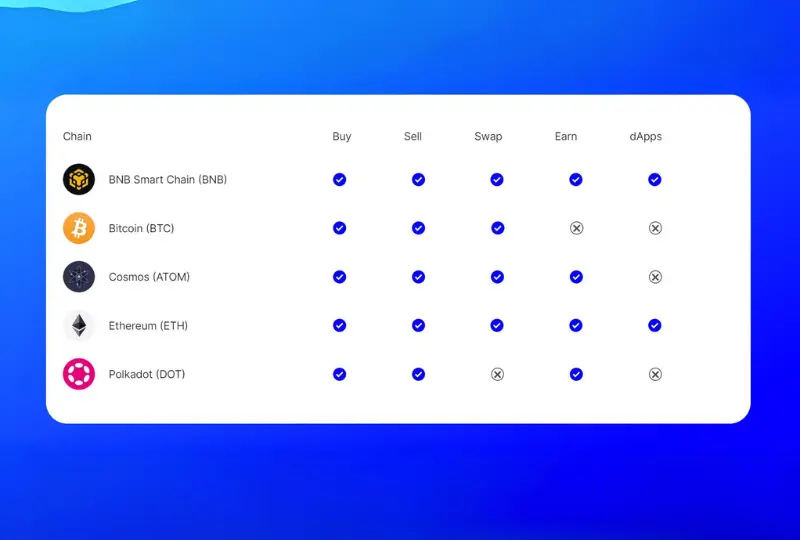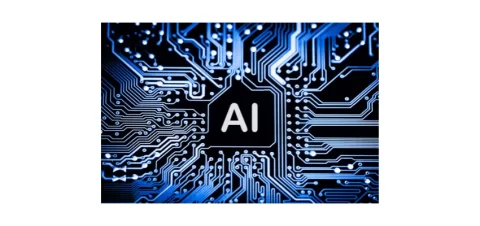Cryptocurrencies have revolutionized the financial landscape, offering individuals unprecedented control over their assets. However, with this newfound power comes the responsibility of safeguarding digital wealth. Selecting the right crypto wallet is crucial in this endeavor. Let’s embark on a journey to uncover the best crypto wallets for securing your digital assets in the long term.

Research Different Types of Crypto Wallets
Understanding the diverse range of crypto wallets is the first step towards making an informed decision.
Cold Wallets
Cold wallets are revered for their enhanced security features, offering offline storage solutions.
Hardware Wallets
Hardware wallets, such as Ledger and Trezor, are physical devices that store private keys offline, safeguarding them from online threats.
Paper Wallets
A simple yet effective method of cold storage, paper wallets involve printing private keys onto physical paper, ensuring protection against cyber attacks.
Hot Wallets
In contrast, hot wallets provide convenient access to digital assets but require an internet connection, making them susceptible to online threats.
Desktop Wallets
Installed on computers, desktop wallets like Exodus provide users with control and accessibility, albeit with inherent security risks.
Mobile Wallets
Mobile wallets, exemplified by Mycelium and Trust Wallet, offer on-the-go convenience, making them ideal for everyday transactions but requiring vigilant security practices.
Web Wallets
Web wallets, accessible via browsers, such as those offered by Coinbase and Binance, prioritize convenience but necessitate trust in third-party services.
Analyze the Security Features of Each Wallet
Security is paramount in the world of cryptocurrencies. Analyzing the security features of each wallet ensures the long-term protection of your digital assets.
Private Key Control
Maintaining sole control over private keys is essential for ownership and security. Hardware wallets excel in this aspect, providing users with full control over their private keys.
Two-Factor Authentication
Implementing two-factor authentication adds an extra layer of security, mitigating the risk of unauthorized access to your wallet.
PIN Code
Setting up a PIN code further enhances the security of your wallet, safeguarding it from unauthorized access in the event of theft or loss.
Recovery Phrase/Seed
The recovery phrase or seed serves as a fail-safe mechanism, enabling the recovery of your wallet in case of unforeseen circumstances.
Evaluate the User Interface and Ease of Use
A user-friendly interface enhances the overall experience of managing your digital assets.
Accessibility
Opt for wallets with intuitive interfaces accessible to users of all experience levels, ensuring seamless navigation and functionality.
User-friendly Interface
Streamlined designs and clear navigation contribute to a positive user experience, facilitating easy management of digital assets.
Usability
Choose wallets that simplify tasks such as sending, receiving, and managing your digital assets, promoting efficiency and ease of use.
Check Wallet’s Compatibility with Different Cryptocurrencies
Diversification is key to a robust investment portfolio. Ensure your chosen wallet supports a wide range of cryptocurrencies to accommodate your long-term investment strategy.
Consider the Reputation of the Wallet Provider
Trust is a cornerstone of the crypto community. When selecting a wallet provider, consider factors such as years in operation, reviews and ratings, and endorsements from reputable sources.
Decide and Download the Best Wallet for Your Needs
Armed with comprehensive research and analysis, it’s time to make an informed decision. Choose the crypto wallet that aligns with your security preferences, usability requirements, and long-term investment goals. Download and install the selected wallet, following best practices for securing your digital assets.
Additional Resources:
- Bullet List of Top Wallet Providers:
- Numbered List of Steps to Set Up a Wallet:
- Download and Install the Wallet.
- Set Up a Strong Password.
- Write Down the Recovery Phrase/Seed and Store it Safely.
- Enable Two-Factor Authentication.
- Transfer a Small Amount of Cryptocurrency to Test the Wallet.
- Once the Test is Successful, Transfer the Rest of Your Assets.
In conclusion, by carefully considering the type of wallet, security features, user interface, compatibility, and reputation of the provider, you can unlock the best crypto wallet tailored to your digital asset management needs. Embrace the journey with confidence, knowing that your digital assets are secure for the long term.

